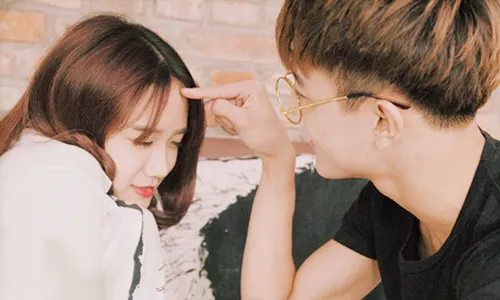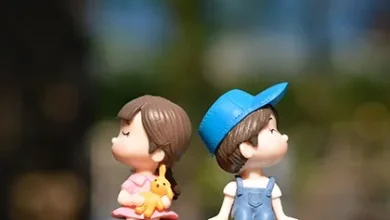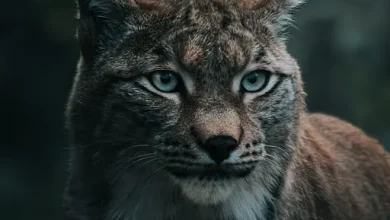From Gemini Man to Living with Yourself: The Metaphor of Digital Doubles and Cloned Selves

Whether praised or criticized at the box office, Gemini Man remains a groundbreaking film in cinematic technology. To create a convincing younger version of Will Smith sharing the screen with his present self, director Ang Lee invested heavily in achieving a digital double that was not only youthful but also authentic. Audiences familiar with Smith’s early career expected to see that fresh-faced newcomer recreated perfectly. Yet, because this character is a clone—and an assassin—the digital replica also needed to carry a subtle hint of menace.
The film sparked discussions on two fronts: the technical challenge of creating photorealistic digital humans indistinguishable from reality, and the deeper philosophical question of what it would mean if human cloning were possible in the real world. This second question is precisely the premise explored in the Netflix series Living with Yourself.
Living with Yourself tells the story of Miles, a disillusioned, creatively stagnant man in the throes of midlife crisis, played by Paul Rudd. Hoping to rejuvenate his life, he undergoes an experimental spa treatment, unaware that the procedure will actually clone a healthier, better version of himself—one designed to replace him entirely.
In reality, people pursue rejuvenation through various means: Botox to smooth wrinkles, so-called “vampire” therapies involving young blood plasma, or gene therapies aimed at slowing aging. Living with Yourself takes a bolder approach—cloning an entirely new person, genetically optimized and free of the original’s physical wear. But if such a clone could be created, complete with identical memories, what would that mean for identity, relationships, and selfhood? It’s a thought experiment that challenges our deepest assumptions about consciousness and existence.
The Clone as Independent Consciousness
Living with Yourself raises crucial questions about scientific ethics and the philosophy of self. If a clone has the same body and memories as the original, can it truly replace the person? The moment the clone is activated, history diverges. Faced with the same circumstances, the clone might make different choices—healthier, more energetic, and driven by an emerging independent consciousness.
This introduces the first layer of metaphor: once an independent consciousness emerges—whether in a silicon-based machine (like AI) or a DNA-based one (a clone)—its choices become unpredictable. You can replicate a body and transfer memories, but you cannot guarantee the continuity of autonomous will. The clone’s new choices are meaningful precisely because they differ from what the tired original would do. But are those choices still yours? If you lose your sense of self, what is the point of such an experiment?
We’ve seen similar themes in shows like Westworld, where clones or androids break free from their programmed narratives once suppressed memories resurface. The desire for agency is universal—and uncontrollable.
The Allure of Youth and New Beginnings
The second metaphor revolves around youth—the very thing the midlife protagonist desperately craves. Youth, whether achieved through genetic repair or physical renewal, offers a new perspective on life. It’s the promise of starting over, of rediscovering beauty in the mundane, and breaking free from emotional and creative ruts.
But does physical youth lead to mental youth? Can a younger body rekindle the ability to appreciate nature, find beauty in a long-term partner, or uncover new meaning in life? The clone, though implanted with memories, experiences the world anew. Every sensation—the taste of melon, the sight of a green field—is vivid and immediate, not faded by years of repetition. The clone’s freshness stems from its newness to the world, something memory alone cannot replicate.
Memory, Body, and the Self
The series also asks two profound questions: Can memory truly be transferred? Can consciousness exist independently of the body? Research in embodied cognition suggests that we don’t think with our brains alone—we sense, feel, and react with our entire bodies. Intuition, gut feelings, and physical responses are integral to how we understand and navigate the world.
This leads to the next dilemma: If the body changes, does consciousness change with it? We already replace body parts through transplants—hearts, kidneys, livers. But what about a brain transplant? Such a procedure would not only be a technical nightmare but also an ethical labyrinth. Who would that person be? And in the case of a clone, what does it mean to connect a copied brain with a copied body?
Even existing technologies challenge our ideas of identity. Artificial hearts, for example, keep people alive—but they don’t beat. They’re mechanical pumps. Is a person without a heartbeat still fully human? Yet there is profound meaning when a mother hears her son’s heart beating in another person’s chest. The body and identity are intertwined in ways we are only beginning to understand.
Back to Gemini Man: Two Kinds of Doubles
Gemini Man showcases two types of digital doubles. One is deepfake technology—using AI to superimpose one person’s face onto another’s body or generate synthetic speech. This technology is increasingly accessible and convincing.
The other is the painstakingly crafted 23-year-old digital clone of Will Smith. This required a team of animators and AI engineers, detailed scans of Smith’s skull, facial expressions, and skin, and careful analysis of how he had aged over 30 years. The result is a digital double that is both real and unreal—a technological marvel and a philosophical provocation.
If Gemini Man points toward anything, it is the deep human desire to recapture lost youth and potential. If intelligence could be cloned and bodies rejuvenated, Silicon Valley billionaires would surely invest heavily in such immortality. But before we rush into cloning, we must carefully consider the implications. Such experiments are not just about extending life—they are about the nature of choice, consciousness, and what it means to be uniquely, authentically yourself.
In the end, the tension between the original and the copy makes for great drama. But in life, the divergence of choices doesn’t necessarily mean more possibilities—it may mean losing the one path that was truly yours.




